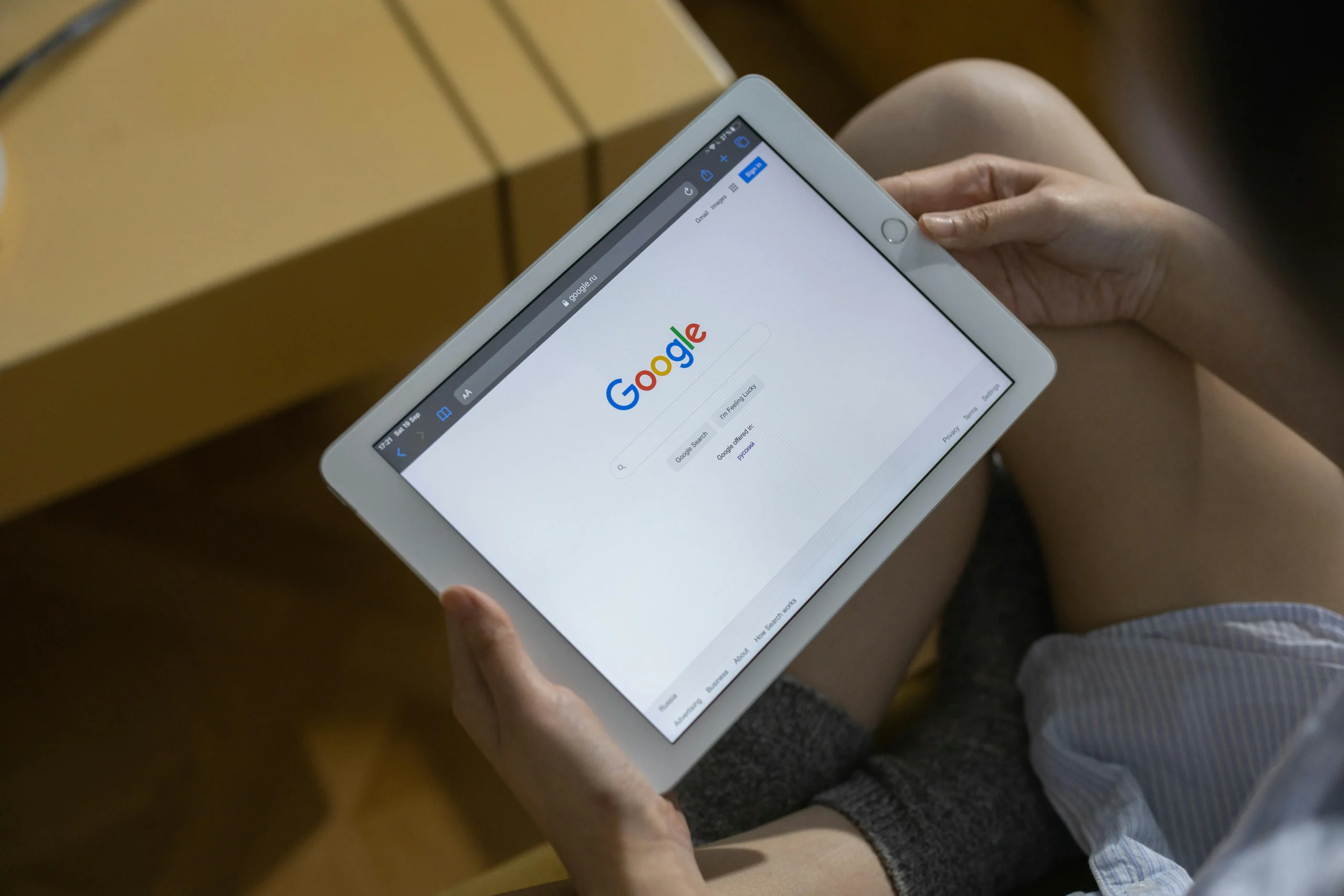Google is increasing efforts to make online content more transparent. It helps users understand how content creators create, modify, and share content. Through new tools and partnerships like SynthID and C2PA, Google is tackling concerns about the authenticity of digital content. These efforts aim to build trust and media literacy in a landscape increasingly dominated by AI-generated media, all while promoting the importance of content provenance.
The coalition’s main objective is to provide users with detailed provenance data on images, videos, and other media. Provenance technology shows whether a camera created content, software edited it, or AI generated it. Google is a steering committee member of the C2PA, working to improve the technology. This ensures users can trust the origin and modification history of the content they encounter.
New Features and Enhancements
Through its collaboration with C2PA, Google helped develop version 2.1 of the technical standard for Content Credentials, a feature that records content history in a way that’s resistant to tampering. This version enforces stricter requirements to validate content provenance and prevents others from altering or manipulating the data.
Over the next few months, Google plans to implement these enhanced Content Credentials across several of its core products. For example, Google Search will use C2PA metadata to indicate whether AI tools created or edited an image. The “About this image” feature will provide transparency, revealing image origins across Google Images, Lens, and other platforms.
Additionally, Google’s ad systems will integrate C2PA metadata, helping to enforce policies that rely on content authenticity. This move could boost trust in ad content, as metadata will confirm the originality of images or videos used in ads. Google aims to expand C2PA signals across its advertising ecosystem, helping marketers comply with ad regulations.
To learn more about this topic, check out our Google Updates News and Discover Policies: Key Changes Explained for deeper insights.
Impact on Marketers
For marketers, these changes signal a shift in how content authenticity is managed across platforms. With C2PA metadata in Google Ads, advertisers can distinguish their campaigns based on the provenance and trustworthiness of media assets. Ads with verified C2PA metadata may appear more reliable, boosting credibility among discerning audiences.
Moreover, AI-powered content creation is growing, and Google’s integration of tools like SynthID to watermark generative AI content will help brands maintain transparency when using AI in their campaigns. This shift toward responsible AI use allows marketers to build trust without sacrificing innovation. However, it also means that agencies and brands will need to stay informed about these developments to ensure their content adheres to emerging standards of transparency.
Google’s investment in C2PA and AI transparency tools represents a significant move toward more secure and trustworthy digital content. By partnering with industry leaders and using provenance technology, Google is driving a more transparent digital ecosystem. This ensures users and advertisers can trust the authenticity of the media they consume and share.



